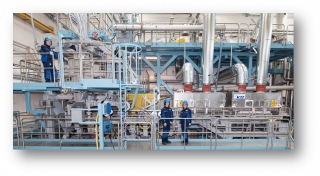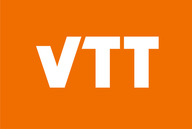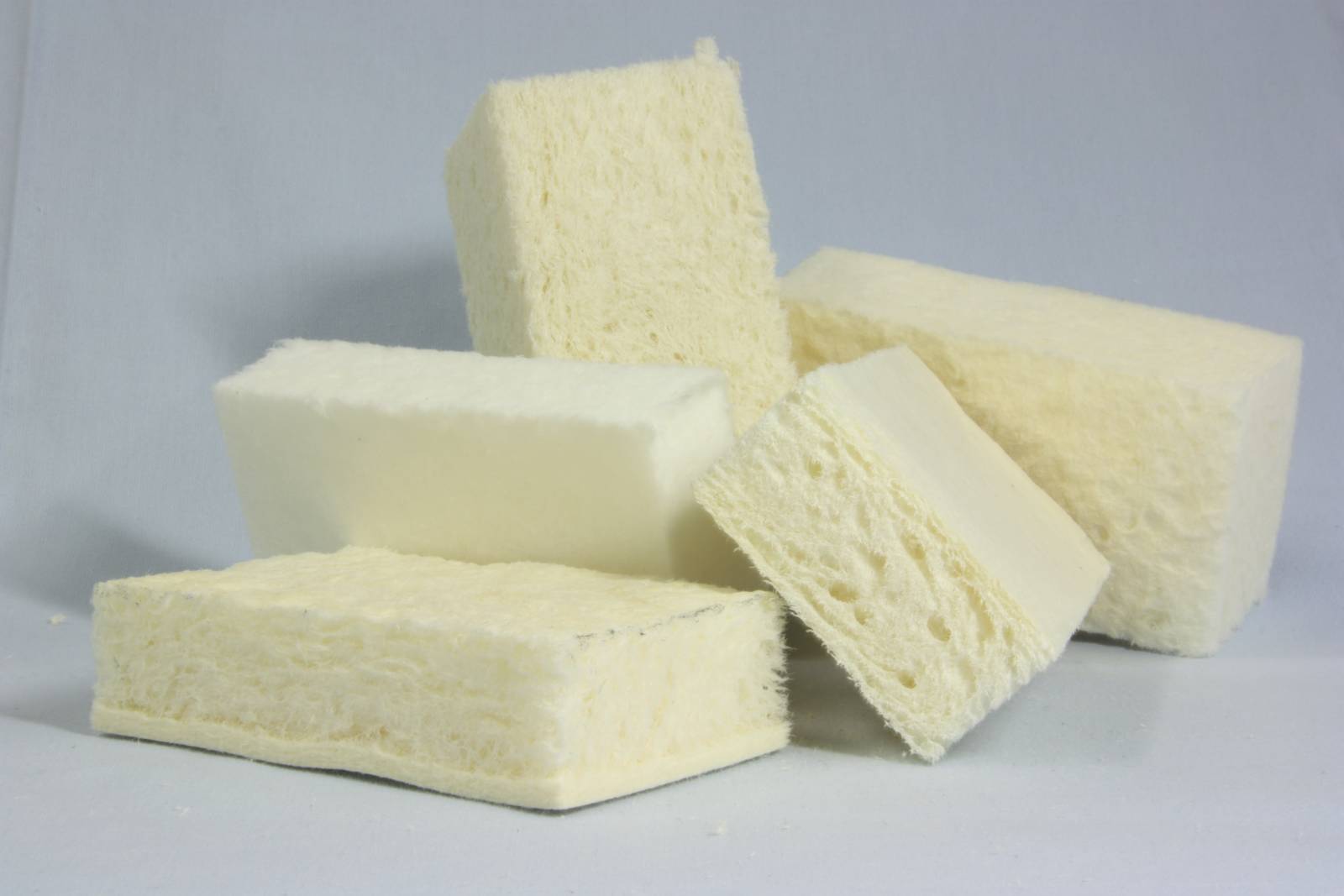Foam-forming opens up new operation windows and application areas for fibre product developers.
Technology utilises air bubbles containing aqueous foam as a carrier fluid for the raw materials. Fibre-containing foam is generated by intensive mixing of water, foaming agent and fibres. In the foam, the fibres are located in air bubble “pockets” that prevents effectively fibre flocculation. After foaming phase the fibre-containing foam is spread on a water-passing mesh wire.
When producing dense and thin paper-like products, the foam is drained with vacuums, the formed fibre web is wet-pressed and finally the material is dried.
Highly porous materials can also be produced. In this case high vacuum levels and wet-pressing cannot be used and the drying is done with noncontact drying methods to preserve the porous fibre network structure.
Different kinds of raw materials from nanofibers to several centimeter long fibres can be used. The potential application areas are e.g. in packaging and cushioning, insulation and acoustics, filtering, wiping, hygiene and health care.
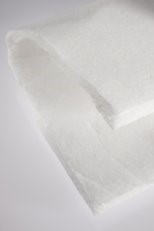
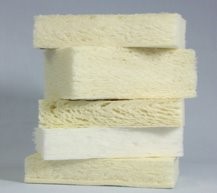
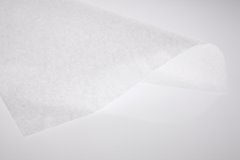
Foam-forming possibilities and equipment at VTT
Foam formed fibre materials can be made both in laboratory and in pilot scale.
The size of the materials produced in laboratory are from A4 size up to 60×120 cm with thickness up to 20 cm. It is also possible to make molded objects based on foam molding in laboratory.
VTT’s two pilot machines enable continuous production of wet-pressed or unpressed rolls up to 10 mm of material thickness.

Foam forming of porous fibre material in laboratory.
VTT SUORA
- Pilot for papermaking, board manufacturing and nonwovens
- Water-formed and foam-formed webs
- Several forming geometry options
- Stratified forming
- Single nip press section
- Cylinder dryer (off-line)
- Max web width 300 mm
- Max speed 2000 m/min
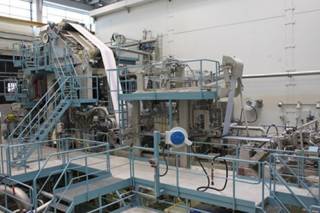
VTT SAMPO
- Pilot for non-pressed foam-formed webs
- Vertical and horizontal forming geometry options
- Stratified forming (vertical geometry)
- Impingement/through-air/IR dryers
- Max web width 600 mm
- Max speed 200 m/min
